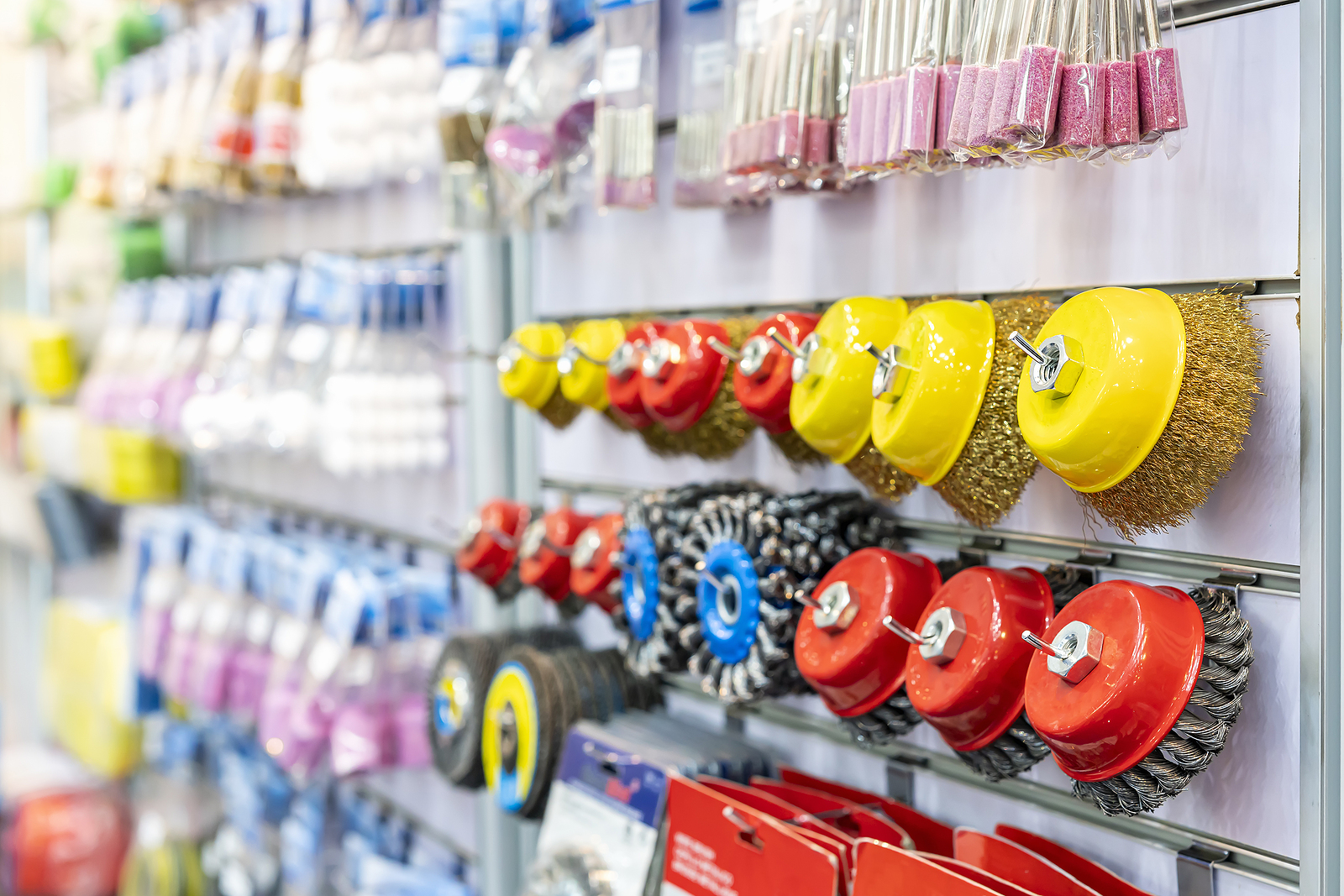Posted by Sandpaper America on Jul 28th 2021
How to Use Steel Brushes to Finish Metal
When comes to metal fabrication, steel wire brushes are an essential tool. In fact, you would have a difficult time finding a metal fabricator that does not use or own steel wire brushes. Unlike other solid abrasive wheels, the steel filaments on wire brushes will not remove base materials or change part dimensions. The combination of high-energy speeds and quality steel wires allows these non-loading brushes to separate surface contaminants, rather than forcing sand particles into the metal surface.
Metal surface finishing is not the only thing these brushes are used for. They are very versatile and come with many different configurations. This makes them the perfect tool for a long list of metal fabrication applications, including surface prepping, rust removal, oxide removal, weld cleaning, paint removal, deburring, and much more. Continue reading to learn some critical tips to using and sustaining steel wire tip brushes, and who to call for quality sanding products you can afford.

Metal surface finishing
Always Use the Safest, Highest Speed
To be safe, and to protect your tool, you must be sure your brush speed and pressure matches the type of application. For most projects, the fastest brushing action is usually ensured by using the highest speed at the lowest pressure. This also promotes longer-lasting brushes. You will get have the lowest production costs by using the finest steel wire tips for the project.
Use the Proper Wires
There are different steel wires to choose from, so using the right one is imperative to the outcome of your metal fabrication project. Crimped wire brushes are made of crimped, hard-drawn wire and best for general use purposes, such as light to medium-duty brushing applications. Knot wire brushes are made from heat-treated straightened wire, and best used for medium to heavy-duty brushing action, like de-burring, welding, and heavy rust removal.
You should also consider using heat-treated, oil-tempered steel wires. Yes, stainless steel brushes are great for reducing the likelihood of after-rust, carbon steel brushes are highly effective in terms of fatigue resistance and cutting action.
Change Directions
On a periodic basis, it is important to reverse rotation directions. This sharpens, as well as, increases brush life and performance. There is no switch or button to do this. Instead, you must remove the brush from the spindle and flip it 180 degrees. Be sure to remount the brush accurately to avoid injuries and accidents.
Keep them Clean
If you use a stainless steel wire brush to finish carbon steel, and then use it again on stainless steel, something called “after-rust” can occur. To avoid this damaging dilemma, be sure to keep your brushes clean at all times. To find out if your brush is stainless steel or not, simply light a wire with a match until it is red hot; and then use a magnet to see if it attracts. If the magnet attracts, it is carbon steel. If it does not, it is type 302 stainless.
Are you looking for top quality metalworking abrasives, either custom or bulk ordered? Call Sandpaper America at 1-800-860-SAND for aluminum oxide resin fiber discs, metalworking cloth rolls, aluminum oxide wide belts, sanding sheets, and more metal finishing abrasives, all at an affordable price. We have what you need for your sanding or metal fabricating project. We offer simple and convenient online ordering, bulk orders, phone orders, custom orders, and more!
You Might Also Read:
Which
Sandpaper Grit Do I Use on Metal?
3
Ways to Make Your Steel Brushes Perform Better
How
to Cut Acrylic Plexiglass Sheets


